Men who have hair transplants are frequently dissatisfied with the results of their procedure. Many people believe that a hair transplant is a permanent solution for genetic pattern hair loss, especially if only one procedure is performed. I’ll describe my approach to hair loss in men, and women, as well as how I advise my patients on the potential impact of hair transplant surgery in men, and women with pattern hair loss.
I’ve been performing hair transplant surgery since the start of my medical career. I’m also the founder of TrichoStem Hair Regeneration Centers, which provides men and women from all over the world with a highly effective non-surgical treatment for genetic pattern hair loss.

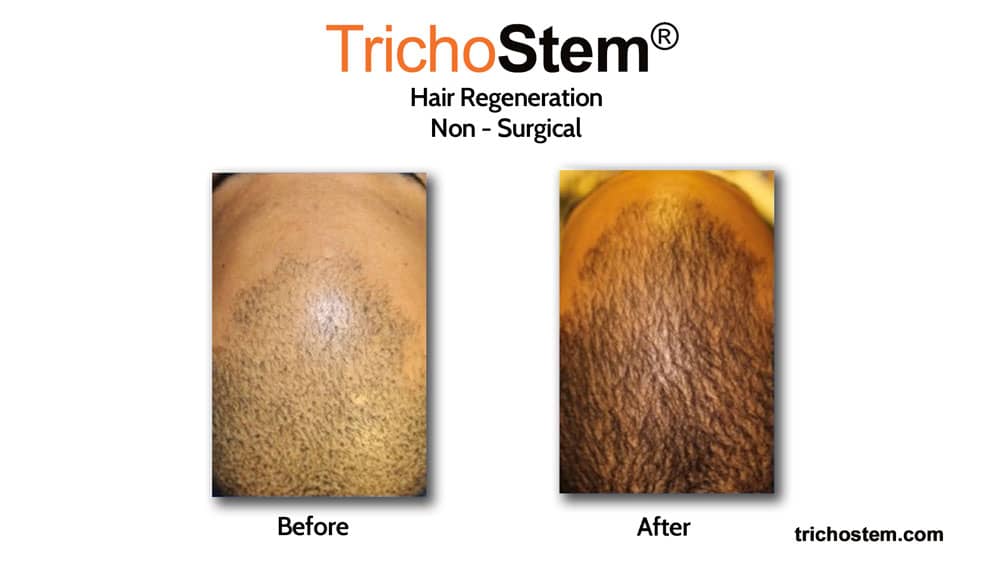
Hair Transplant Surgery
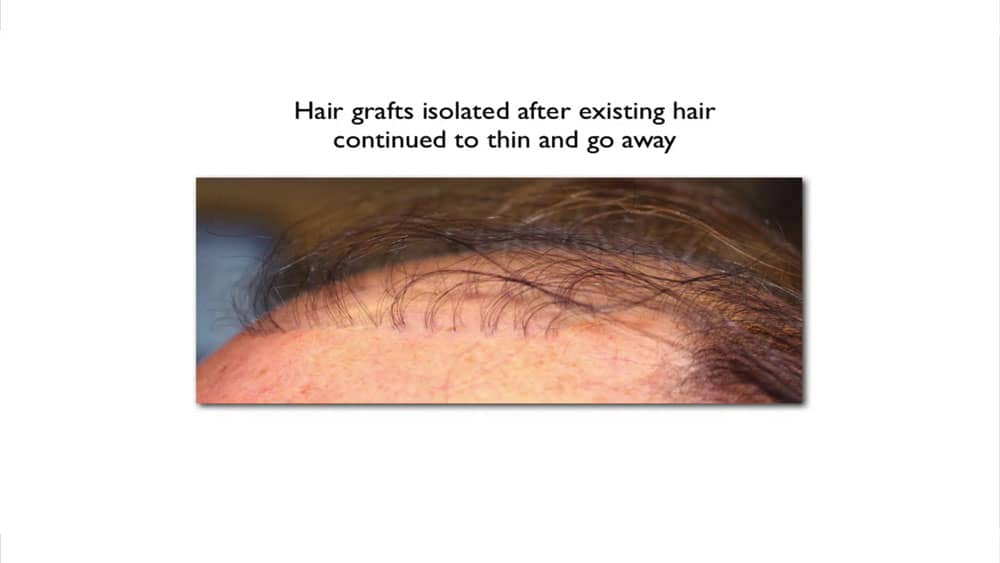
Limitations of Hair Transplant
The initial results of a hair transplant can be encouraging; however, as time passes, native hair continues to thin and, if left untreated, will disappear as genetically programmed. This is frequently what causes the appearance of visible hair plugs, where only transplanted hair remains after native hairs have vanished. Every hair transplant surgeon and patient faces two challenges.
1) achieving the appearance of natural density
2) maximizing the survival of transplanted grafts
Individuals’ natural hair density ranges between 50 and 100 hairs per square centimeter, with thicker hair covering more of the scalp. The number of hairs transplanted per square centimeter is approximately 20 to ensure graft survival during transplant. Excessive hair graft density per square centimeter jeopardizes graft survival because there isn’t enough blood supply to support the survival of too many transplanted grafts. Since safe hair density is limited in each transplant session, it’s important to understand that getting closer to natural-looking density may require more than one transplant session.
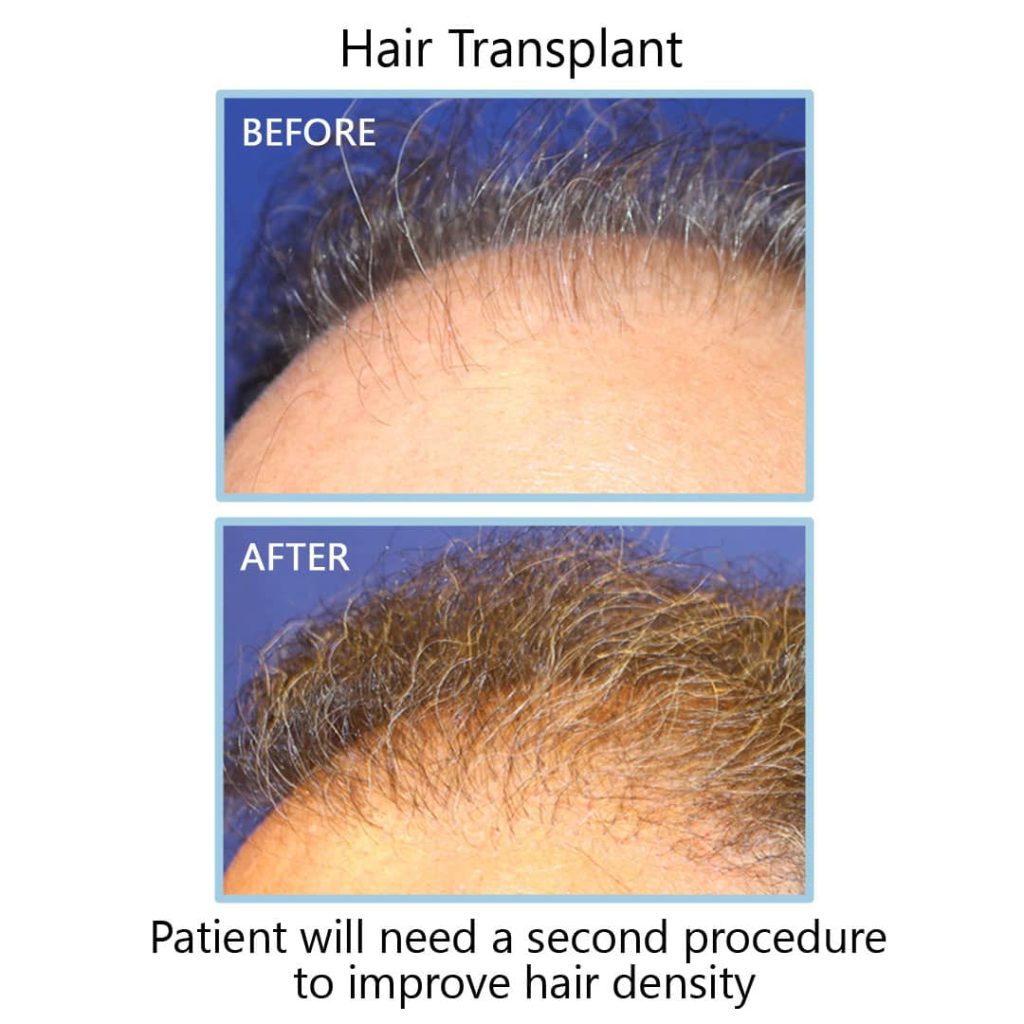
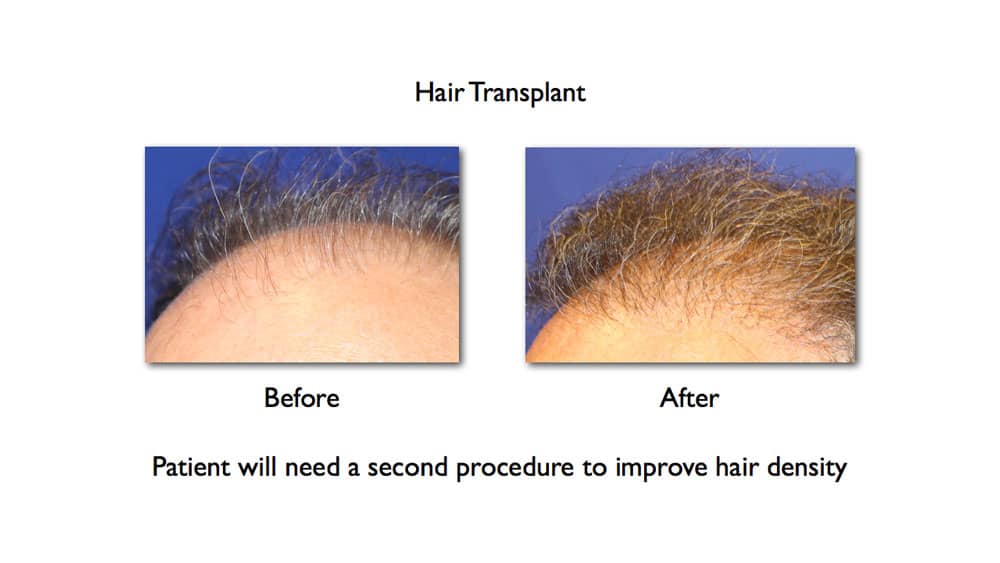
Graft survival is likely the most significant limiting factor in hair transplantation. There are only so many hairs that can be transplanted in the permanent zone. A percentage of the grafts do not grow out of the total number of hairs transplanted. For example, in FUE or follicular unit extraction hair transplant surgery, up to 30% of hair grafts can be lost simply from the harvesting process, which results in transection or dividing the graft in a way that the root remains behind. Even with intact hair grafts, survival is not guaranteed. Patients have come in after having megasessions and losing 90% of their hair grafts.
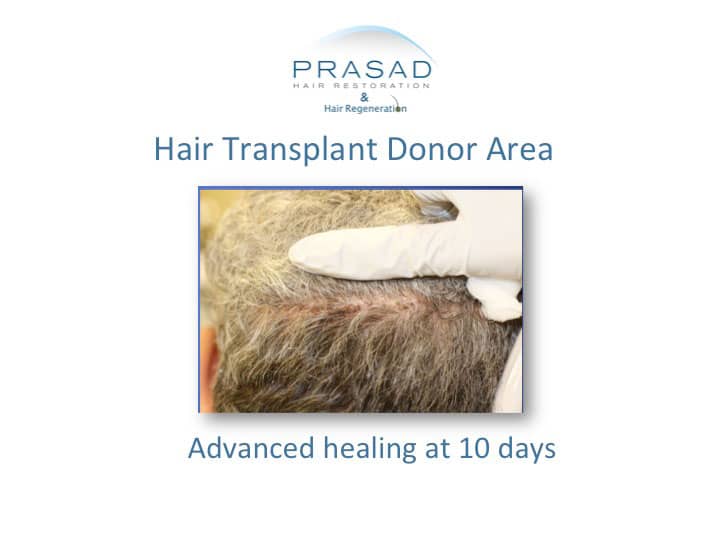
The application of advanced wound healing materials such as extracellular matrix or acellular matrix was motivated by the desire to improve hair graft survival and donor area healing. This resulted in improved graft survival and donor area healing. During this time, we noticed that native hair that had not been transplanted grew thicker. This hair thickening effect was noticed about a year after the transplant.
Hair Transplantation Alternative
This effect on the existing hair compelled me to investigate the potential of the ACellular matrix in combination with PRP for the treatment of hair loss without hair transplantation. In comparison to hair transplant surgery, I hypothesized that thickening existing hair and increasing the number of existing hairs would result in greater hair density and volume. I created TrichoStem Hair Regeneration after creating algorithms to customize the treatment based on a person’s hair loss profile and reviewing the results of treatment over time.

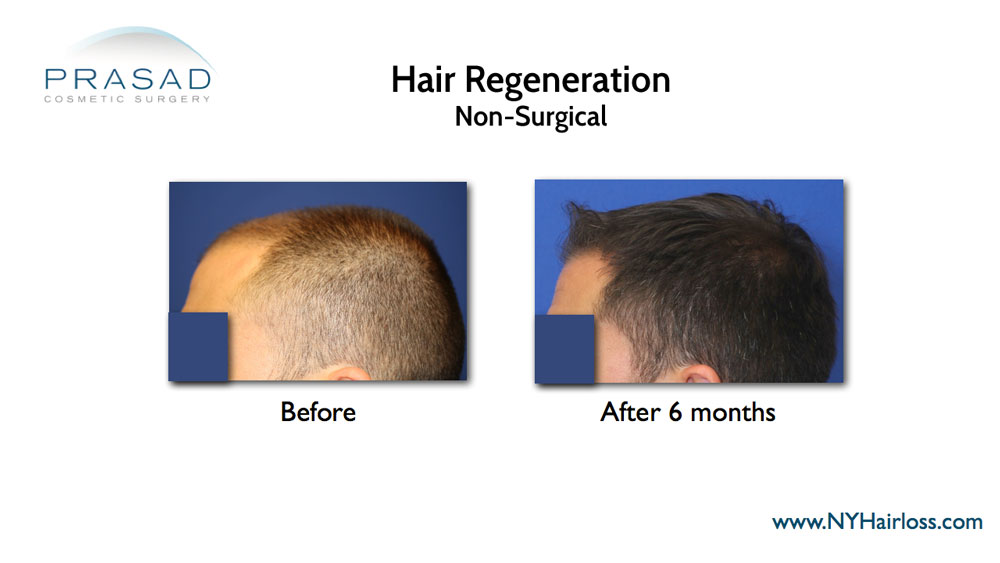
When a patient comes into our office with hair loss, I determine whether the best hair loss management strategy is TrichoStem Hair Regeneration, or hair transplant surgery. In practice, if you still have a reasonable amount of thinning hair, it makes sense to maximize coverage with the non-surgical TrichoStem Hair Regeneration treatment before considering hair transplant surgery. If the scalp, for example, is smooth and has been smooth for three years or more, the likelihood of hair follicles being present is low, making that person a better candidate for hair transplant surgery.
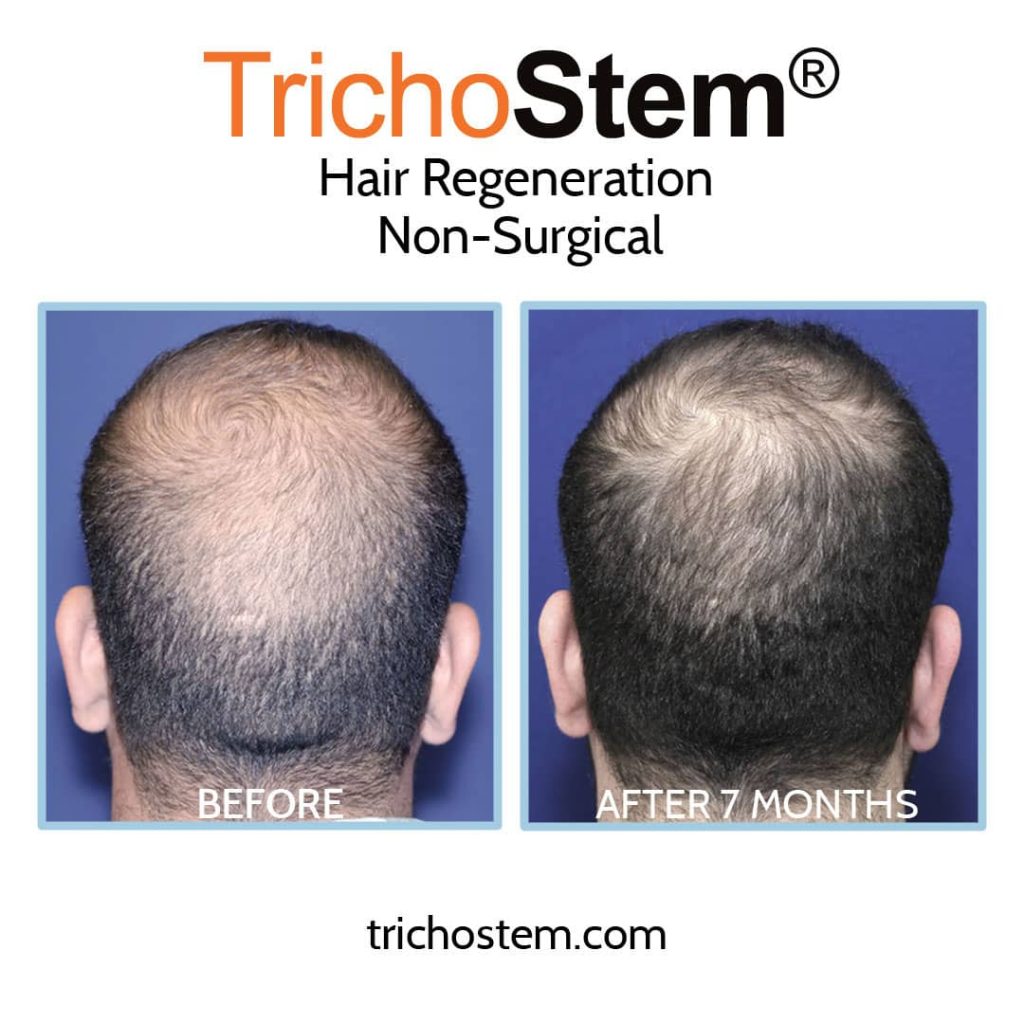
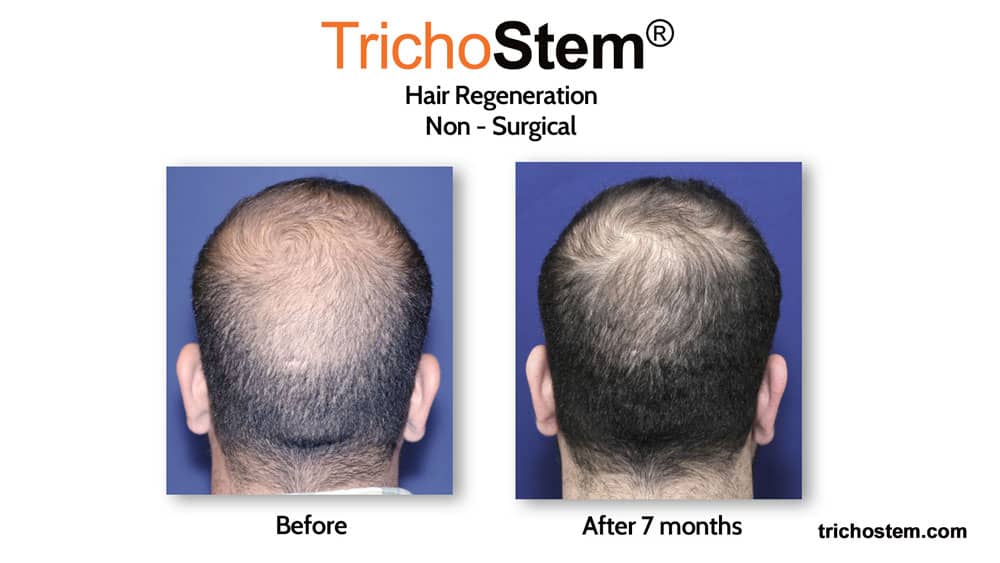
I realized that the vast majority of patients who come in for hair transplant surgery consultations have thinning hair and a rough scalp. Hair transplantation was once the only option for many people. The majority of people are now satisfied with the results of TrichoStem Hair Regeneration and do not require hair transplant surgery.
What to Expect After Hair Transplant?
What should you expect if you are a candidate for hair transplant surgery and undergo the procedure? Following a hair transplant, the grafts heal and become integrated with the skin. Multiple scabs form at the sites where the hair grafts were placed during the first week to two weeks. The skin heals, and the scabs disappear with proper care.
You can feel the short hairs sticking upward for several weeks after the scabs have been removed, but it is common to experience temporary shedding of grafted hair, as well as native hairs known as shock loss. During this time, you may appear worse in terms of hair coverage than you did before surgery, but the grafts and surviving native hair will be visible after about a year.
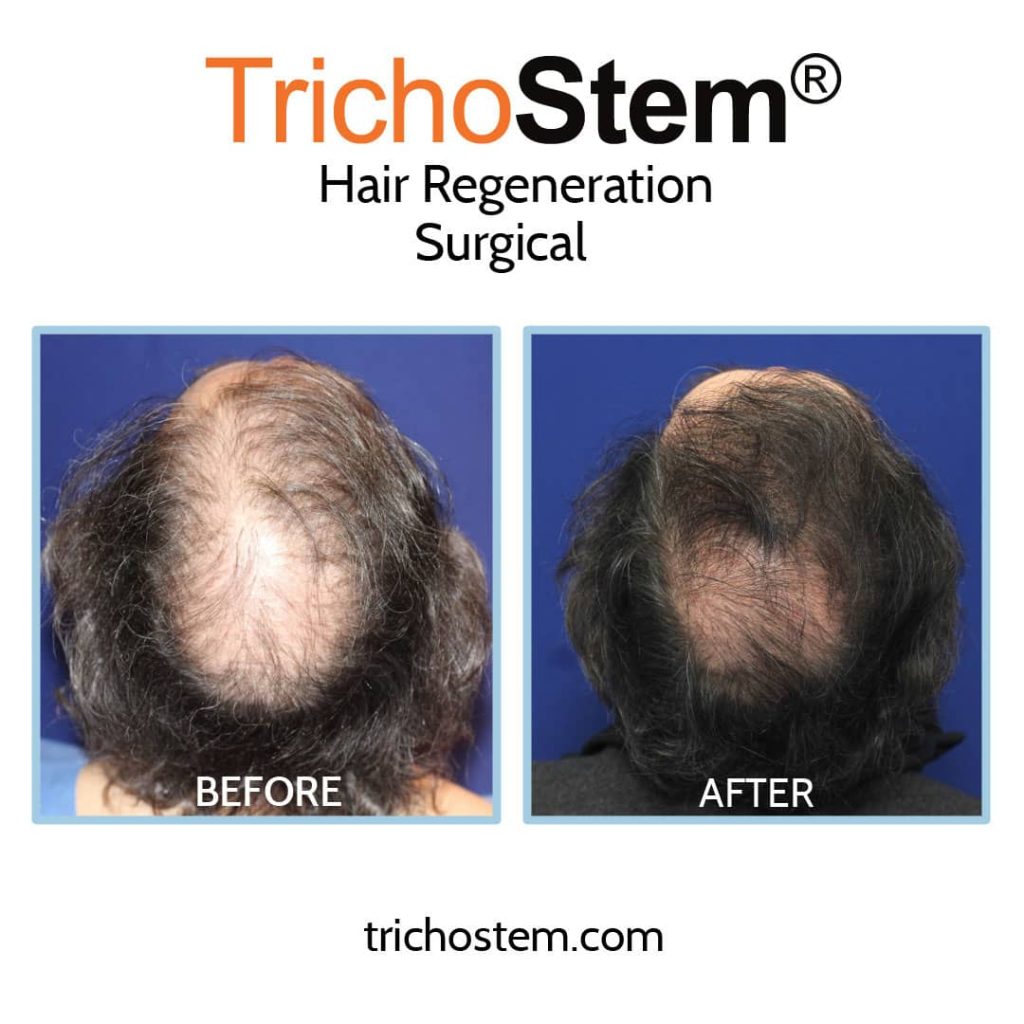
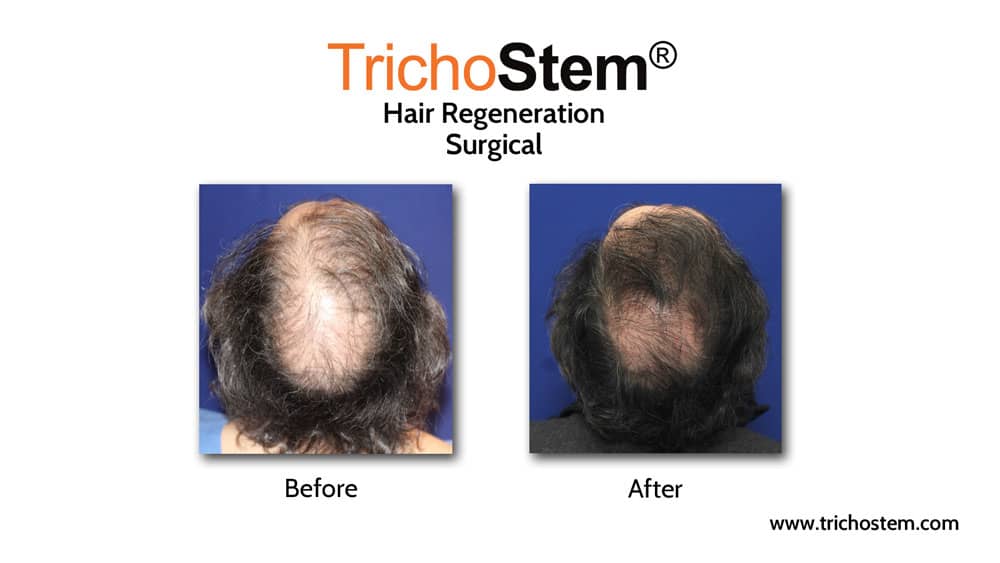
How to Improve Hair Transplant Results
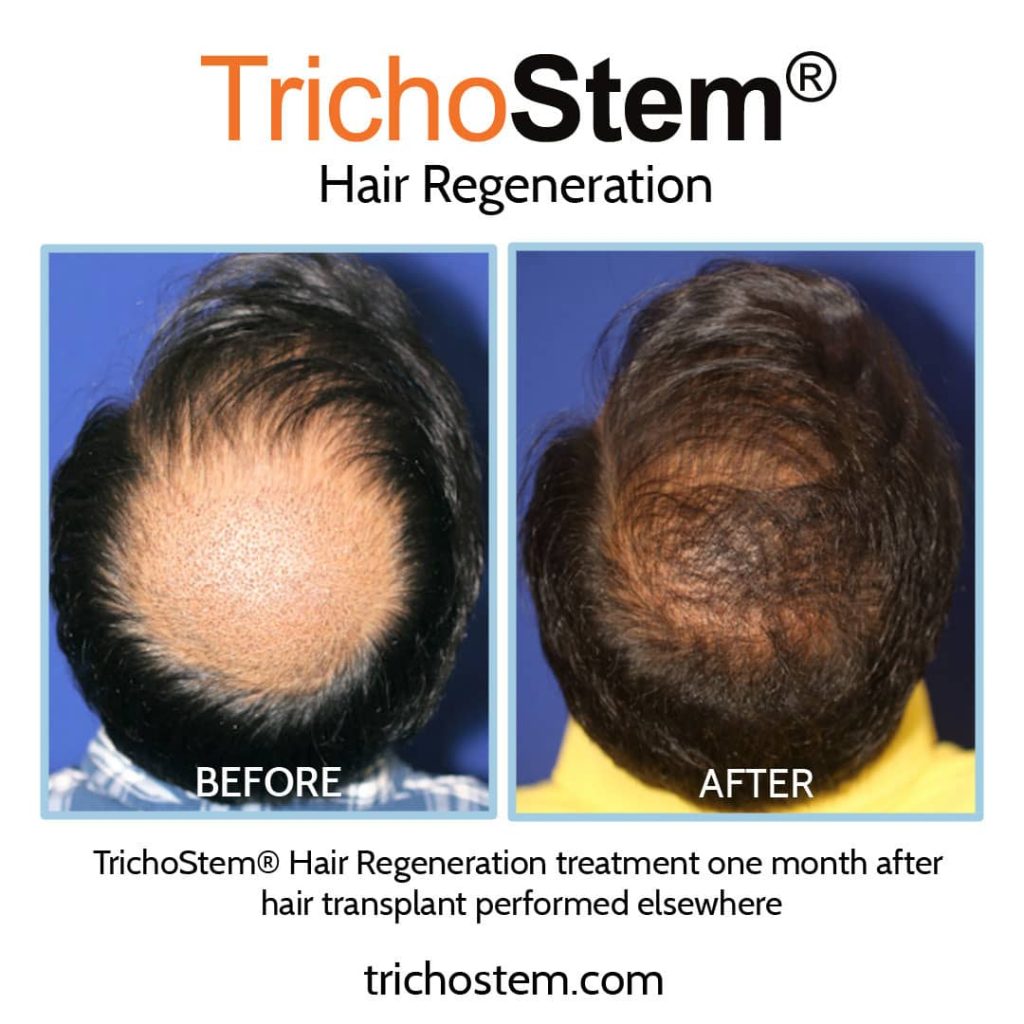
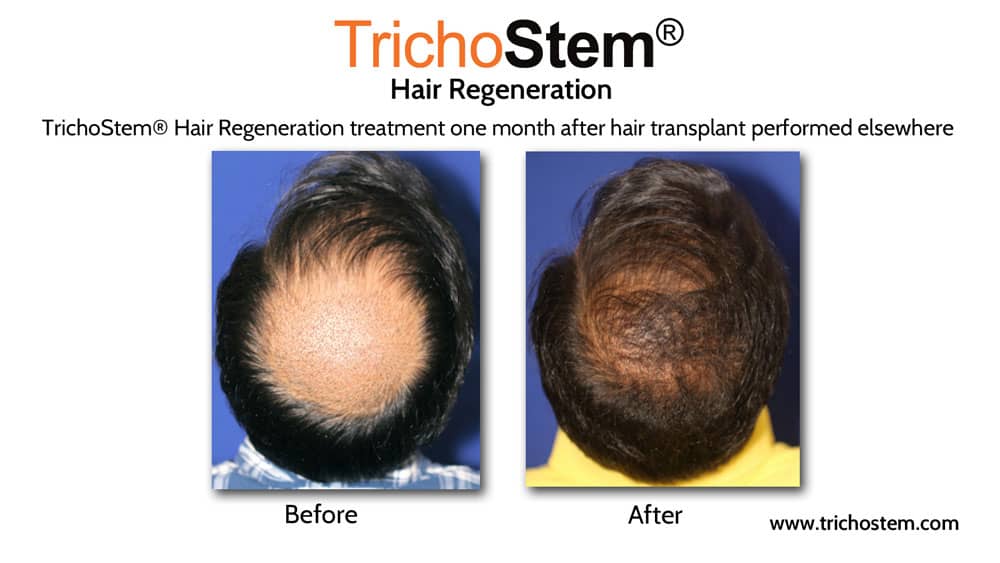
Another advantage we’ve seen for people who have previously had hair transplants is that the quality of the transplanted hair improves after TrichoStem Hair Regeneration treatment. This has been observed in people who had a hair transplant more than ten years ago, as well as in people who had multiple hair transplant surgeries.

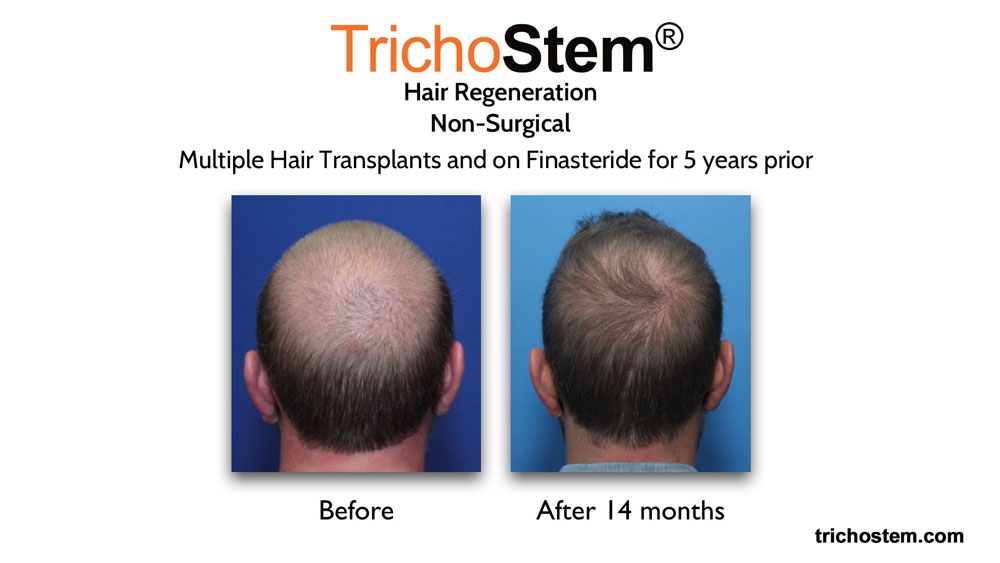
Summary
Hair loss does not always require hair transplant surgery. The foundation of managing hair loss is to understand that hair transplantation is one option in a management strategy. Medical and non-surgical therapies such as TrichoStem Hair Regeneration has been a successful alternative to hair transplant surgery, as well as a useful treatment before undergoing a hair transplant. In addition, during the first 3 months after hair transplant surgery, TrichoStem Hair Regeneration has even helped optimize results after hair transplant surgery; and has even improved results of older hair transplants.
